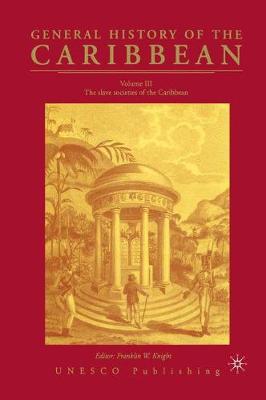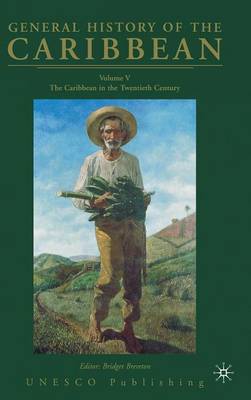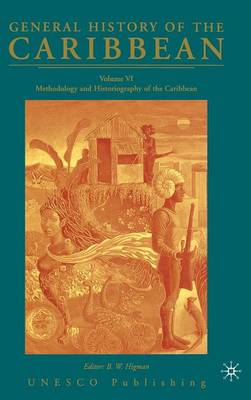General History of the Caribbean
4 primary works
Book 2
Volume 2 of the General History of the Caribbeancovers the evolution of Caribbean societies between 1492 and 1650 through the intrusion of Europeans and Africans. This volume examines the early mining and planting in Espaniola, privateers and contraband traders, plantation societies, extinction of indigenous populations, and the beginning of the slave trade.
Book 3
General History of the Carribean UNESCO Vol.3
by Professor Franklin Knight and Na Na
Published 1 January 2003
Volume 3 looks at various aspects of slave societies in the region from the seventeenth to the nineteenth centuries. Throughout the tortuous history of the Caribbean, nothing exceeded in fundamental importance the twin experiences of slavery and the plantation system, the defining episodes of Caribbean social reality. Topics addressed include: European 'settler colonies,' the sugar revolutions, forms of resistance, the influence of creolization and religious beliefs, and the place of the Maroon communities. Knight also examines the internal and external forces that led to the eventual collapse of the Caribbean slave system.
Book 5
Volume 5 provides an account and interpretation of the historical development of the region from around 1930 to the end of the twentieth century. Its wide ranging study of the economic, political, religious, social and cultural history of this period brings the series to the authorial present. Highlights include the 'turbulent thirties;' decolonization; the 'turn to the left' made in the 1970s by anglophone Caribbean countries; the Castro Revolution; and changes in social and demographic structures, including ethnicity and race consciousness and the role and status of women.
Book 6
Volume6 looks at the ways historians have written the history of the region depending upon their methods of interpretation and differing styles of communicating their findings. The authors examine how the lingual diversity of the region has affected the historian's ability to coalesce an historical account. The second half of the volume describes the writing of history in the individual territories, taking into account changes in society, economy and political structure. This volume concludes with a detailed bibliography that is comprehensive of the entire series.



